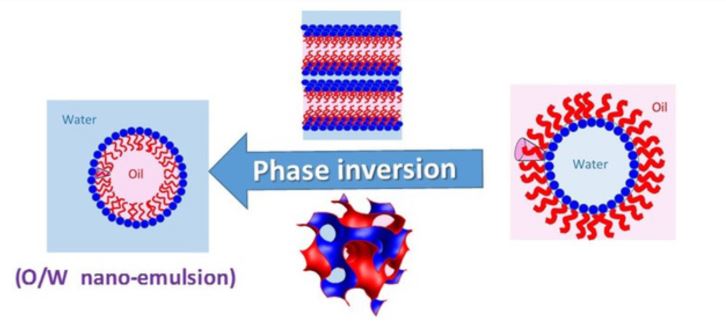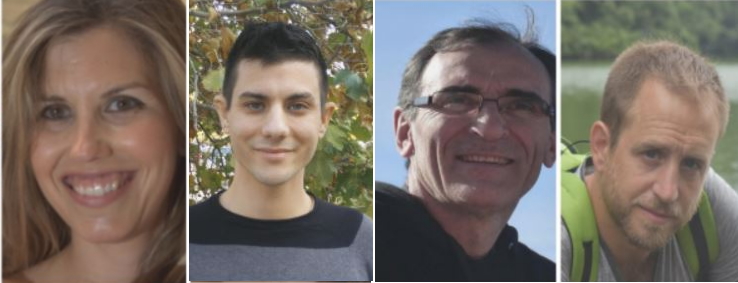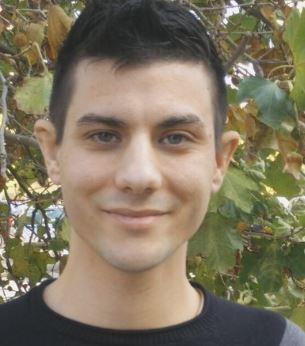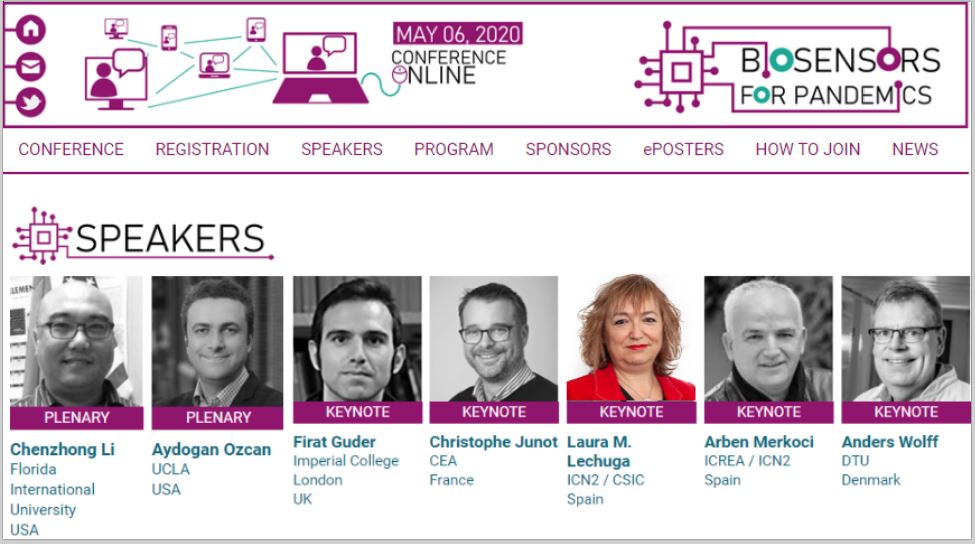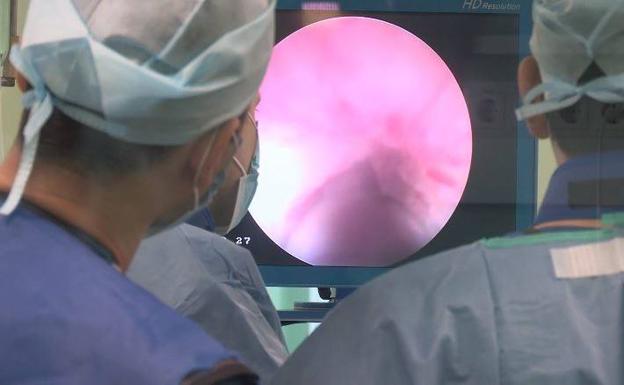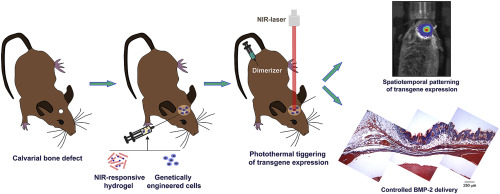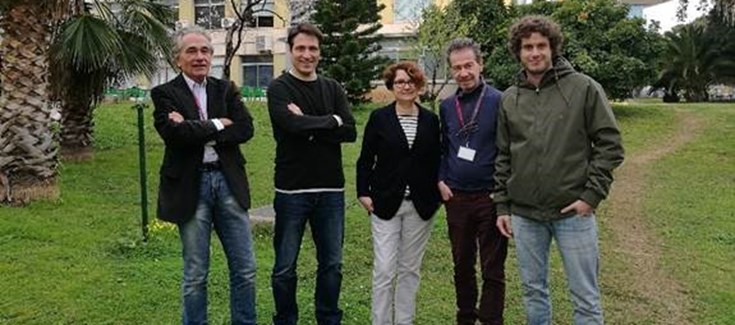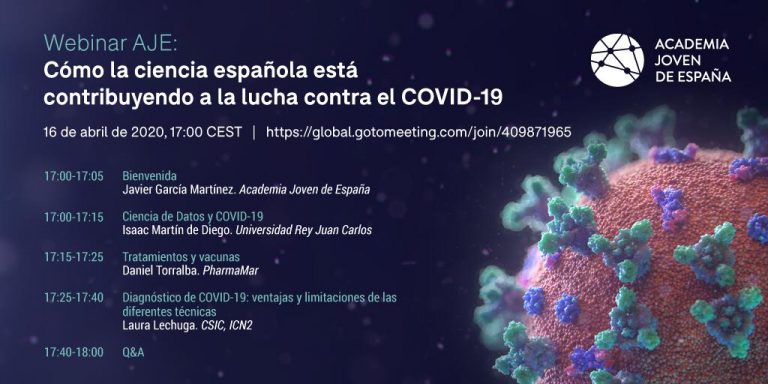A Concise Review on Nano-emulsion Formation by the Phase Inversion Composition (PIC) Method
Researchers of NANBIOSIS U12. Nanostructured liquid characterization unit from CIBER-BBN and IQAC-CSIC have recently published an interesting review entitled “A Concise Review on Nano-emulsion Formation by the Phase Inversion Composition (PIC) Method” in the JOURNAL OF SURFACTANTS AND DETERGENTS. https://doi.org/10.1002/jsde.12414
Studies of phase behavior and particle sizing were performed at the Nanostructured Liquid Characterization Unit, member of the NANBIOSIS ICTS.
